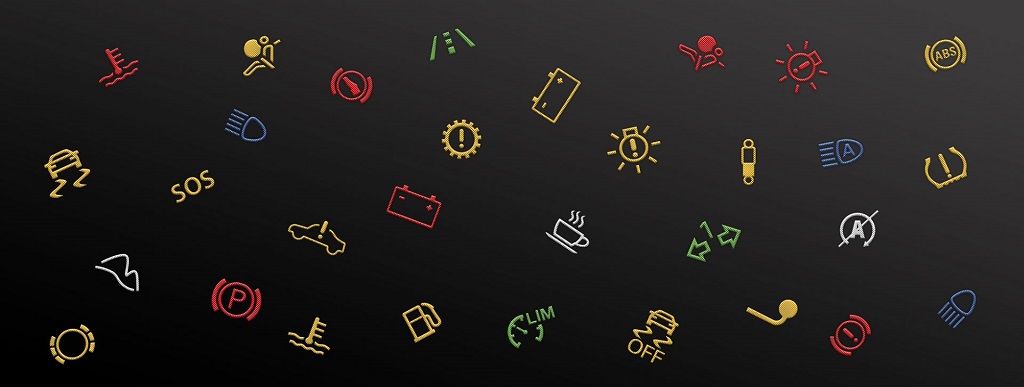
Car Warning Light Symbols and Indicators
Indicators such as improperly closed doors or the dreaded check-engine alarm show up on an automobile’s dashboard to communicate with users. When the automobile or truck heats up, they briefly glow to ensure that systems are safe and ready for use. One light may occasionally remain on, indicating a problem. Be extremely cautious if one or more warning lights do not briefly illuminate. If they’re not working, the vehicle user may never find out about a problem that could stall the automobile later.
A minor problem can swiftly evolve into a larger, more costly, and perhaps hazardous one if the vehicle operator doesn’t comprehend what a warning light means or chooses to ignore it. Therefore, do not forget to pay attention to them, especially in automobiles that use several onboard diagnostics.
Indicators and Symbols:
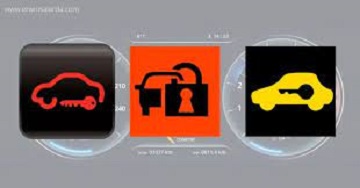
1) Security Alert:
If the ignition switch is locked, the indicator light will illuminate briefly, and the vehicle will require the use of a transponder-equipped key to restart. If the light is visible when the car is turned on, it usually means there is a problem with the security system.

2) Reduced Power:
This shows that the onboard ECU (Electronic Control Unit) is not able to receive adequate power from the engine, which is why this symbol lights up.
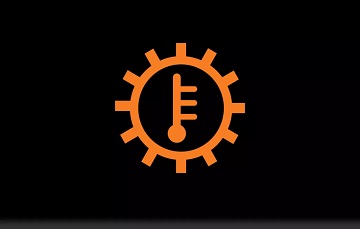
3) Gearbox Temperature:
This indicates that the internal components of the gearbox have reached a critical state, which could be caused by one or more of the following reasons:
• Heavier-Than-Usual Hauling
• Low Transmission Fluid Levels
• An immense amount of wear and tear on the interior components

4) Airbag Warning:
This light will illuminate when the car is turned on for the first time, which is typical. One of the vehicle’s airbags may be faulty if it remains lighted while driving. Although occupants will not become stuck on the side of the road as a result of this, it could be dangerous in the event of an accident.
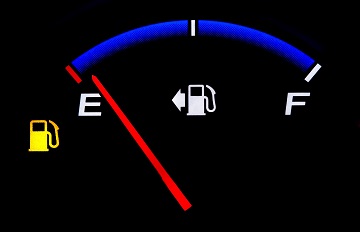
5) Low on Fuel:
This is one of the most frequently seen warning symbols on the dashboard, seen in the fuel gauge. It shows that fuel is low and the driver needs to head over to the gas station for a refill.

6) Oil Pressure Warning:
An illuminated oil pressure indicator could simply be a car’s method of indicating that it’s time to top up the engine oil. It could also be a sign of an engine leak or worn components like a blown piston ring or a broken oil pump. It’s a good idea to park at the service facility if it doesn’t function or if the light comes on quickly even after adding oil.
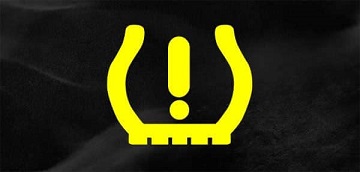
7) Tire Pressure:
If a particular automobile has a TPMS (Tire Pressure Monitoring System), it may light up on the dashboard to signal that its tire pressures are either low or too high at times.
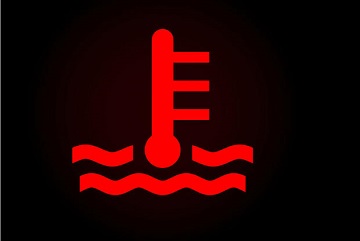
8) Coolant Temperature:
The coolant temperature indicator, which looks like a thermometer dipped in water, shows that the vehicle is overheating. This could be caused by radiator damage, a faulty water pump, low coolant levels, or a leaking or even a ruptured coolant hose. Driving an overheated car is not only risky, but it also puts the four-wheeled vehicle at risk of irreversible damage. Check for coolant leaks and, if necessary, replenish.




